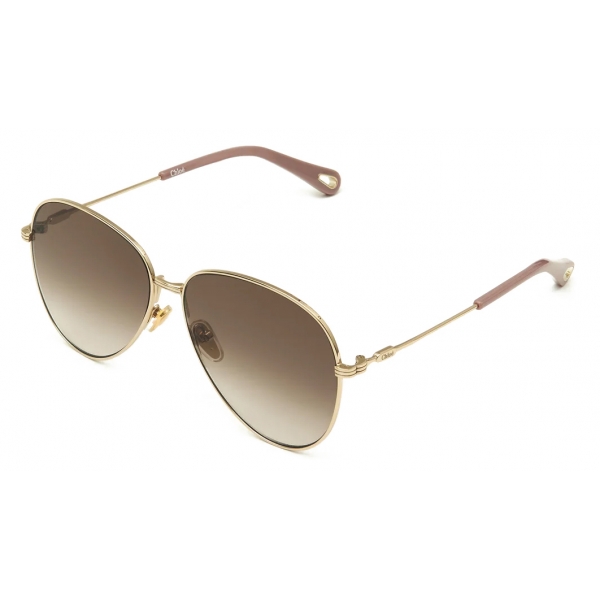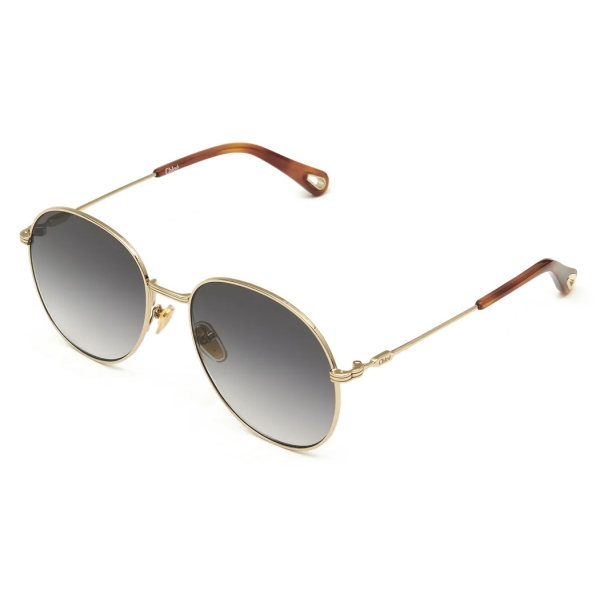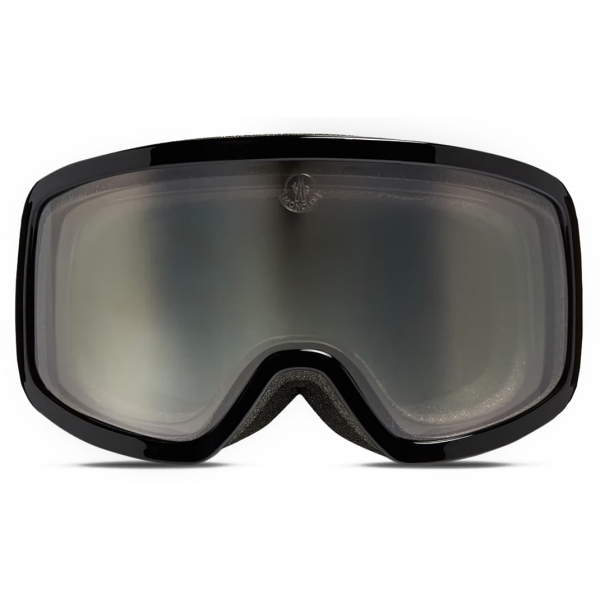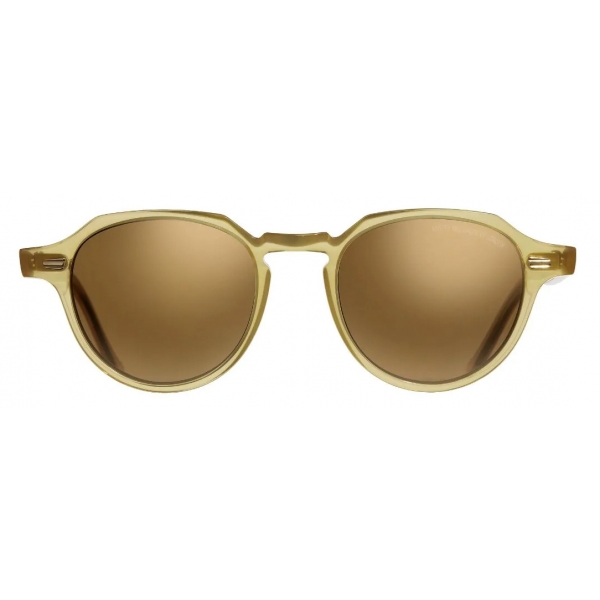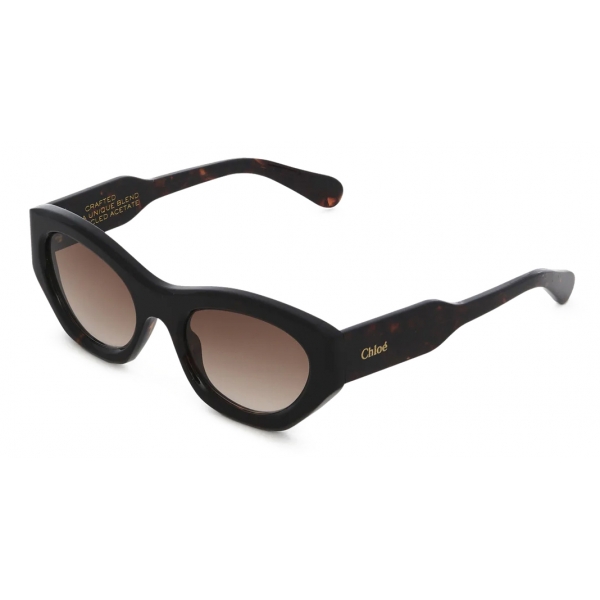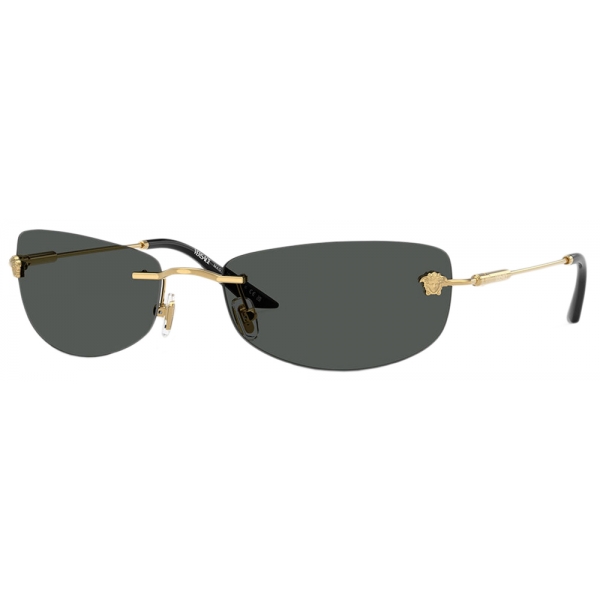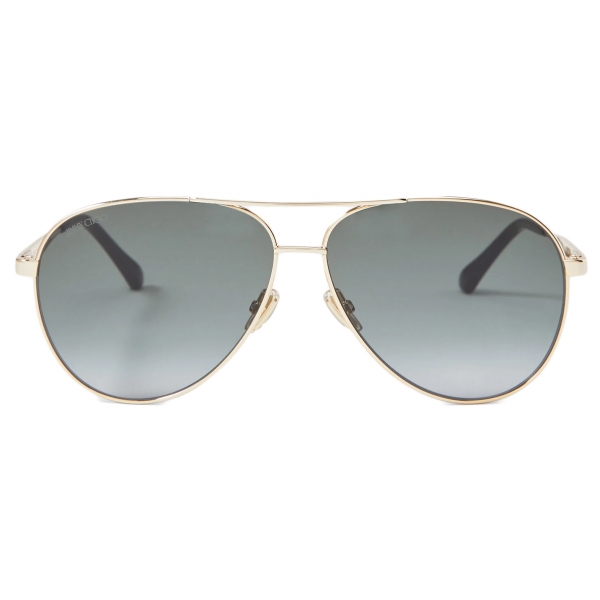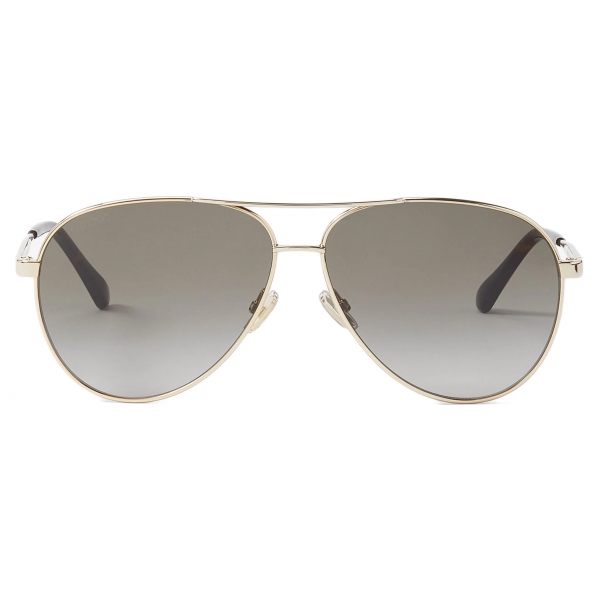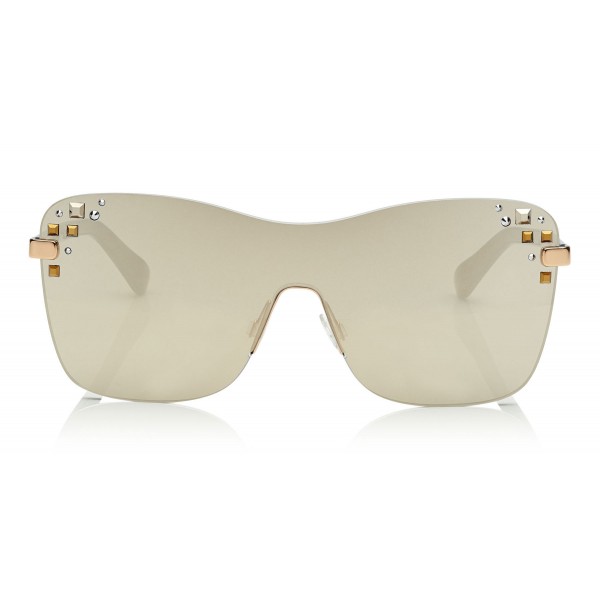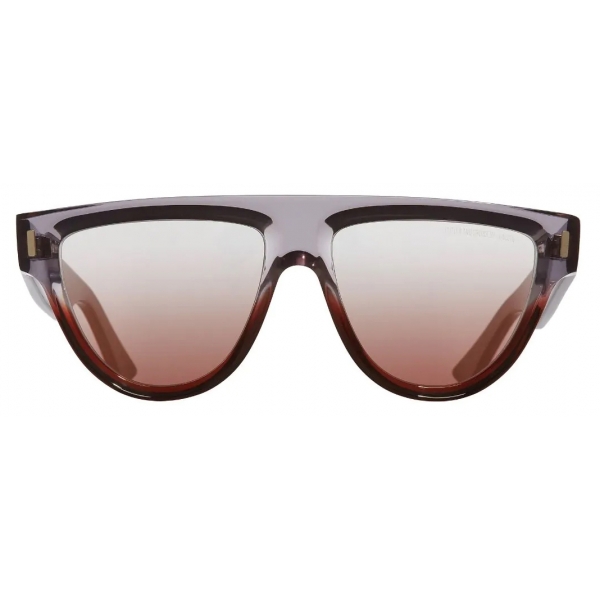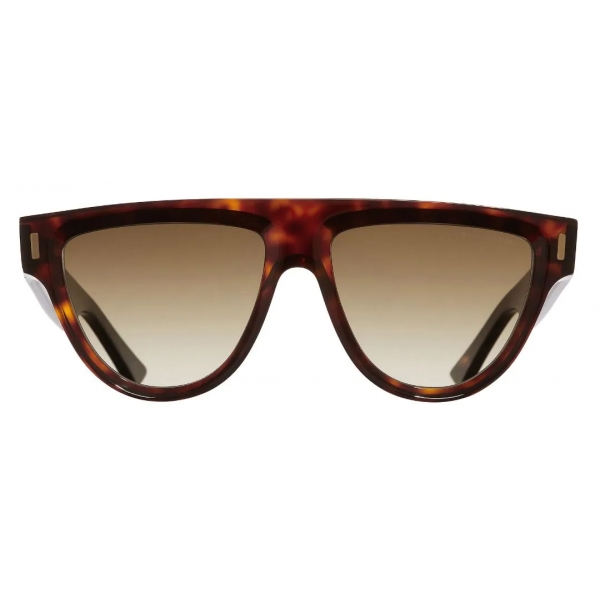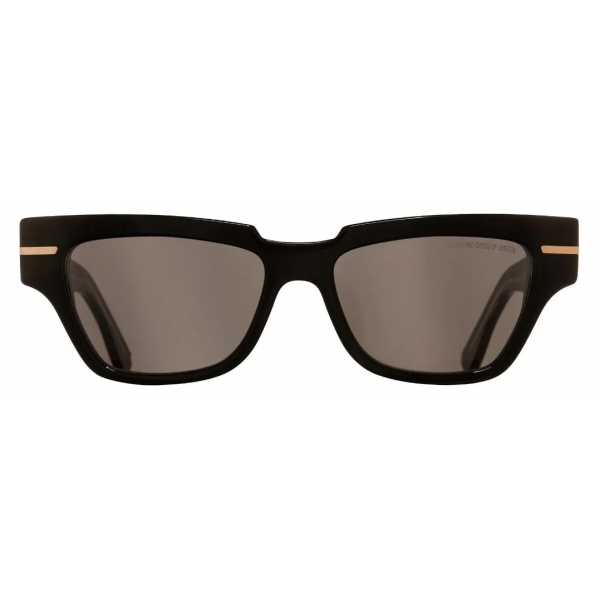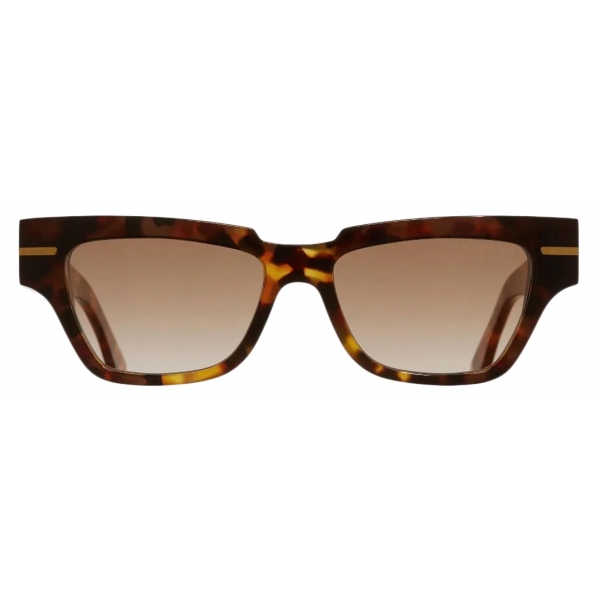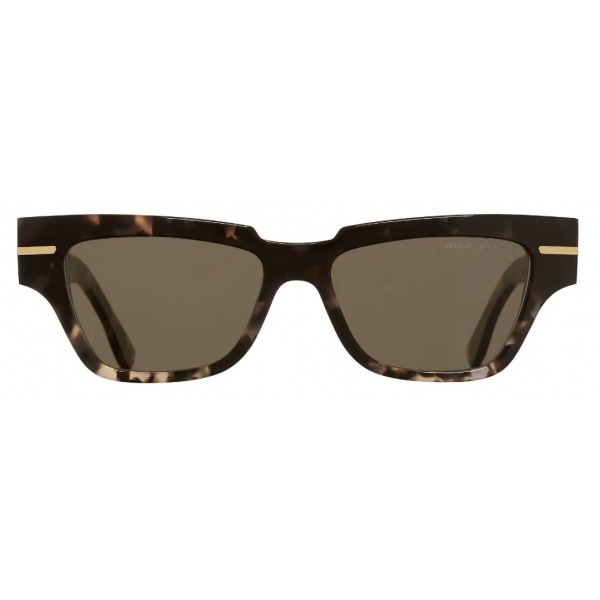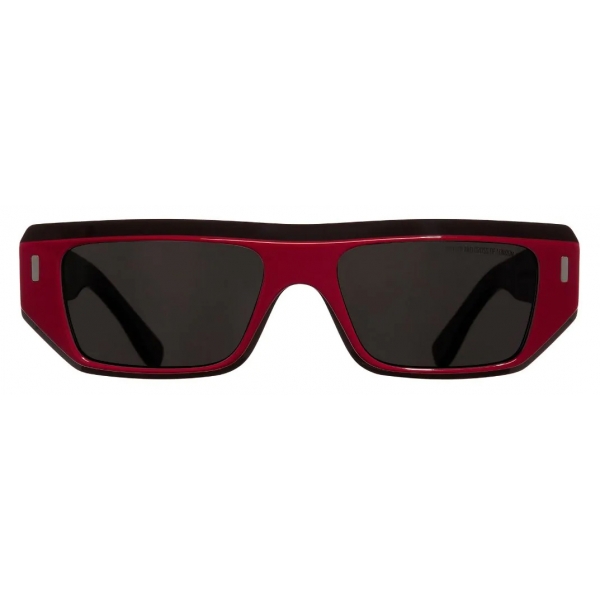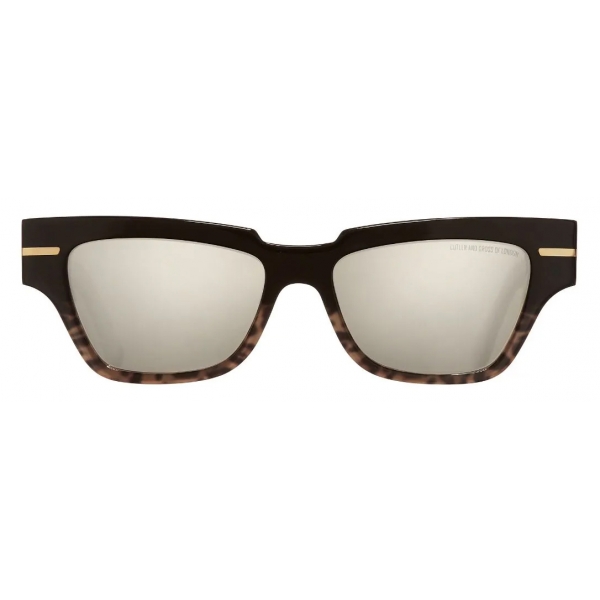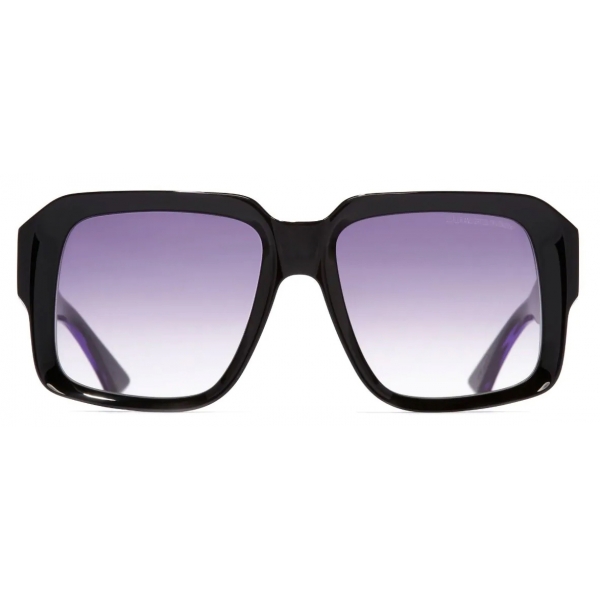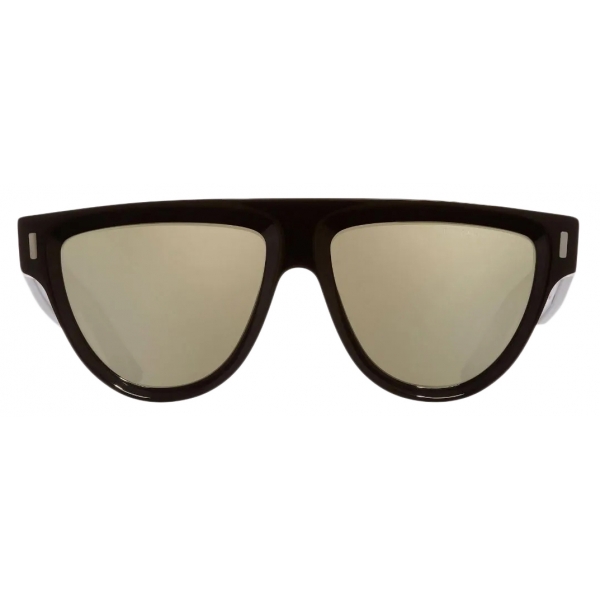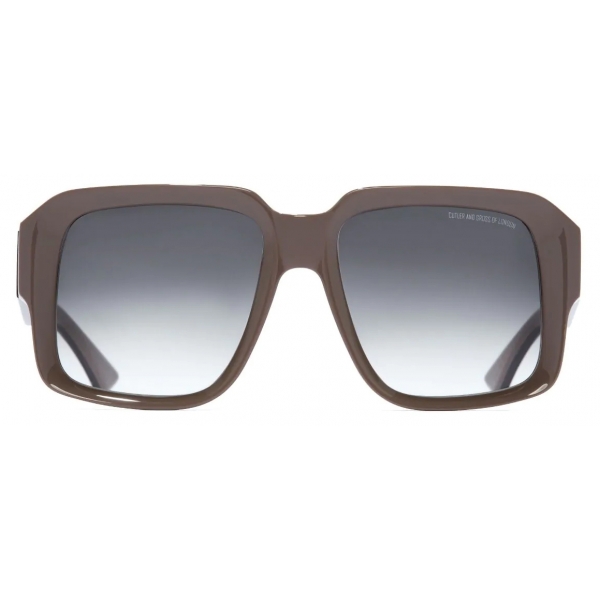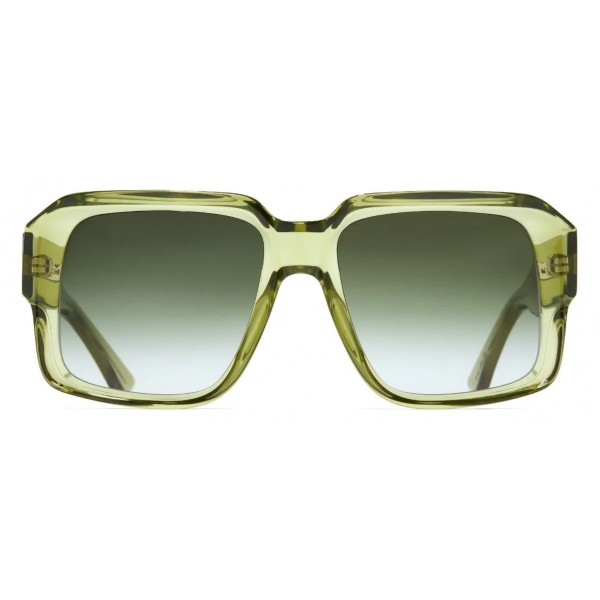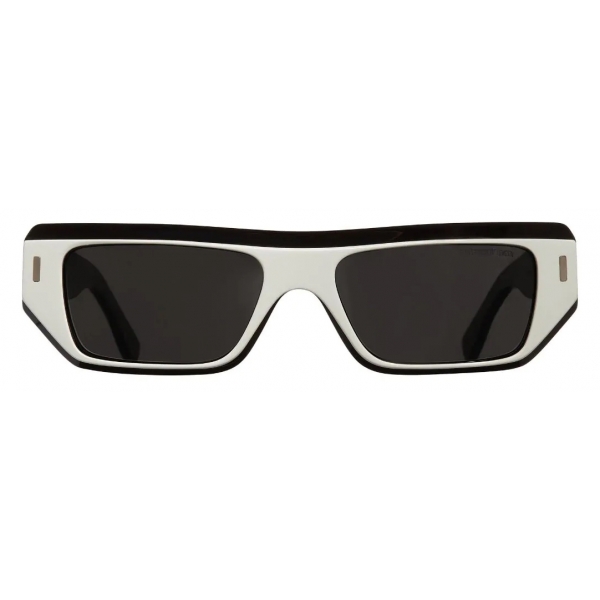No products
Categories
- Fashion Accessories
- Clothing
- Beauty & Lifestyle
-
Hi-Tech & Lifestyle
- Gaming
-
Case
- iPhone 11 Pro
- iPhone 11 Pro Max
- iPhone 11
- iPhone X / XS
- iPhone XS Max
- Samsung S10 / S10+ / S10e
- Huawei P30 / P30 Pro / P30 Lite
- Huawei P20 / P20 Pro / P20 Lite
- iPhone XR
- Samsung S9
- Samsung S9+
- iPhone 8 / 7
- iPhone 8 Plus / 7 Plus
- Samsung S8
- Samsung S8+
- Samsung S7
- Samsung S7 Edge
- iPhone 6 / 6 s
- iPhone 6 Plus / 6 s Plus
- iPhone 5 / SE
- Skin
- Audio
- Smart Home
- Drones & Hoverboard
- Photo & Video
- Desk Supplies
- Accessories
- Games
- Beverages
- Food
- Home
- Jewelry
- Luxury
- Travel
- Art
- Footwear
- Vintage Fashion
- Restaurants
- Sport
- Animals
- Gift Ideas
- Kidswear
Extra
Viewed Products
-

Alexander McQueen - Men's Floating Skull Metal Caravan Sunglasses - Silver -...
Silver metal sunglasses featuring a...
Specials
-
Chloé - Faith Sunglasses in Metal - Classic Gold Gradient Brown - Chloé Eyewear
Crafted in a classic boyish style, these Faith aviator sunglasses combine a breezy metal frame with bio-based nylon gradient brown lenses.
289,00 € 340,00 € -15%Reduced price ! -
Chloé - Faith Sunglasses in Metal - Classic Gold Gradient Grey - Chloé Eyewear
Crafted in a classic boyish style, these Faith round sunglasses combine a breezy metal frame with bio-based nylon gradient grey lenses. A must-have accessory, Faith's easy-wearing design is suited to every occasion.
289,00 € 340,00 € -15%Reduced price ! -
Moncler - Terrabeam Ski Goggles - Shiny Black - Moncler Eyewear
The Terrabeam ski goggles for men and women are designed for mountain lovers and snow sports enthusiasts.
289,00 € 340,00 € -15%Reduced price ! -
Cutler & Gross - 1314 Round Sunglasses - Grad Yellow - Luxury - Cutler &...
Gatsby flat-top sunglass with super fine rims with coronet bridge and a new jazz age pin design for the riveted hinges. Super thin milled acetate for the ultimate in lightness and comfort with 2 base flat lenses.
289,00 € 340,00 € -15%Reduced price ! -
Chloé - Gayia Sunglasses in Acetate - Dark Havana Dark Wine - Chloé Eyewear
These trendy Gayia cat-eye sunglasses, made from pre-consumer recycled acetate and bio-sourced nylon for a lower environmental impact, feature a glossy frame with rounded, beveled corners and a bold temple shape.
289,00 € 340,00 € -15%Reduced price ! -
Versace - Runway Sunglasses - Black Gold - Sunglasses - Versace Eyewear
See the world through the eyes of Versace. The Versace sunglasses are the final touch of any look and are suitable for many styles.
289,00 € 340,00 € -15%Reduced price ! -
Jimmy Choo - Jimena - Rose Gold and Black Aviator Sunglasses with Swarovski...
The timeless aviator is elevated by our Jimena sunglasses designed with grey shaded lenses.
289,00 € 340,00 € -15%Reduced price ! -
Jimmy Choo - Jimena - Rose Gold and Havana Aviator Sunglasses with Swarovski...
The timeless aviator is elevated by our Jimena sunglasses designed with brown shaded lenses.
289,00 € 340,00 € -15%Reduced price ! -
Jimmy Choo - Mask - Rose Gold and Grey Round Frame Sunglasses with Swarovski...
The Mask sunglasses in rose gold and grey allow for a chic update to any daytime outfit. Designed in Italy, they feature flash lenses adorned with lux Swarovski crystals.
289,00 € 340,00 € -15%Reduced price ! -
Cutler & Gross - 1342 Oversize Sunglasses - Reverse Grad Sherry - Luxury -...
Inspired by visors and high fashion of the 80's and 90's this bold oversized unisex sunglass features 9mm reverse milled laminated acetate and a flat angular top. Same style group as 1340 and 1341.
289,00 € 340,00 € -15%Reduced price ! -
Cutler & Gross - 1342 Oversize Sunglasses - Dark Turtle - Luxury - Cutler &...
Inspired by visors and high fashion of the 80's and 90's this bold oversized unisex sunglass features 9mm reverse milled laminated acetate and a flat angular top. Same style group as 1340 and 1341.
289,00 € 340,00 € -15%Reduced price ! -
Cutler & Gross - 1349 Square Sunglasses - Black Taxi - Luxury - Cutler &...
A smooth classic square shape sunglass frame with clean and chic styling. The 1349 comes with the signature Cutler and Gross L shape pin providing strength and stability.
289,00 € 340,00 € -15%Reduced price ! -
Cutler & Gross - 1349 Square Sunglasses - Sticky Toffee - Luxury - Cutler &...
A smooth classic square shape sunglass frame with clean and chic styling. The 1349 comes with the signature Cutler and Gross L shape pin providing strength and stability.
289,00 € 340,00 € -15%Reduced price ! -
Cutler & Gross - 1349 Square Sunglasses - Grad Jet Engine Grey - Luxury -...
A smooth classic square shape sunglass frame with clean and chic styling. The 1349 comes with the signature Cutler and Gross L shape pin providing strength and stability.
289,00 € 340,00 € -15%Reduced price ! -
Cutler & Gross - 1367 Browline Sunglasses - Red on Black - Luxury - Cutler &...
A new generation slice frame with a striking regressive matte milled browline and wide temples. Polished acetate primary frontal with matte acetate base and temples. Vertical flush pins.
289,00 € 340,00 € -15%Reduced price ! -
Cutler & Gross - 1349 Square Sunglasses - Scooby Leopard - Luxury - Cutler &...
A smooth classic square shape sunglass frame with clean and chic styling. The 1349 comes with the signature Cutler and Gross L shape pin providing strength and stability.
289,00 € 340,00 € -15%Reduced price ! -
Cutler & Gross - 1388 Square Sunglasses - Purple on Black - Luxury - Cutler &...
The 1388 square sunglass is rooted in the 0864 frame – a favourite of Mr Gross's that was inspired by New York streetwear style in the late 70s and 80s.
289,00 € 340,00 € -15%Reduced price ! -
Cutler & Gross - 1342 Oversize Sunglasses - Black - Luxury - Cutler & Gross...
Inspired by visors and high fashion of the 80's and 90's this bold oversized unisex sunglass features 9mm reverse milled laminated acetate and a flat angular top. Same style group as 1340 and 1341.
289,00 € 340,00 € -15%Reduced price ! -
Cutler & Gross - 1388 Square Sunglasses - Mud - Luxury - Cutler & Gross Eyewear
The 1388 square sunglass is rooted in the 0864 frame – a favourite of Mr Gross's that was inspired by New York streetwear style in the late 70s and 80s.
289,00 € 340,00 € -15%Reduced price ! -
Cutler & Gross - 1388 Square Sunglasses - Crystal Green - Luxury - Cutler &...
The 1388 square sunglass is rooted in the 0864 frame – a favourite of Mr Gross's that was inspired by New York streetwear style in the late 70s and 80s.
289,00 € 340,00 € -15%Reduced price ! -
Cutler & Gross - 1367 Browline Sunglasses - Black - Luxury - Cutler & Gross...
A new generation slice frame with a striking regressive matte milled browline and wide temples. Polished acetate primary frontal with matte acetate base and temples. Vertical flush pins.
289,00 € 340,00 € -15%Reduced price !



